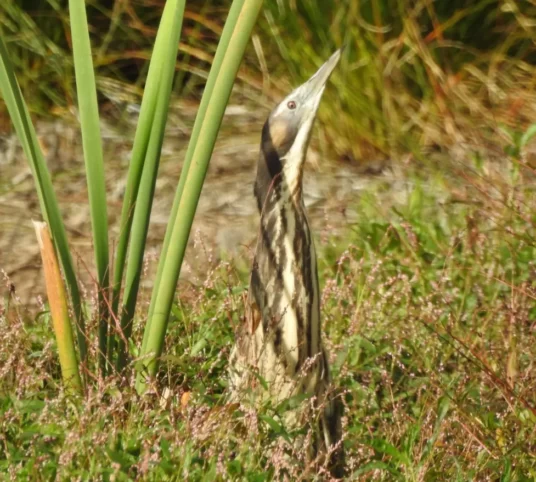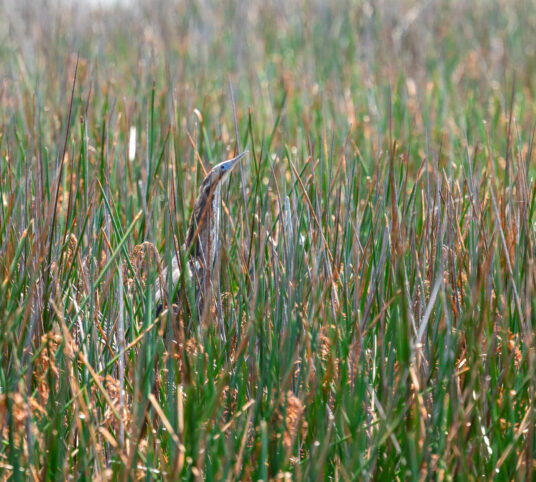The endemic New Zealand bittern is thought to be extinct and was last seen in 1890s. It possibly lived in the South Island only and was called the little bittern or kaoriki even though it was up to 38cm long. It inhabited the wooded margins of lagoons and creeks.
The bittern present today is the Australasian bittern which is found in New Zealand, Southern Australia and New Caledonia. In New Zealand, bittern have a threatened status of ‘Nationally Critical – it is thought that there are less than 900 birds left. In Australia they number less than 1000 and New Caledonia less than 50 – just because they occur in other counties does not mean they are less threatened with extinction.

